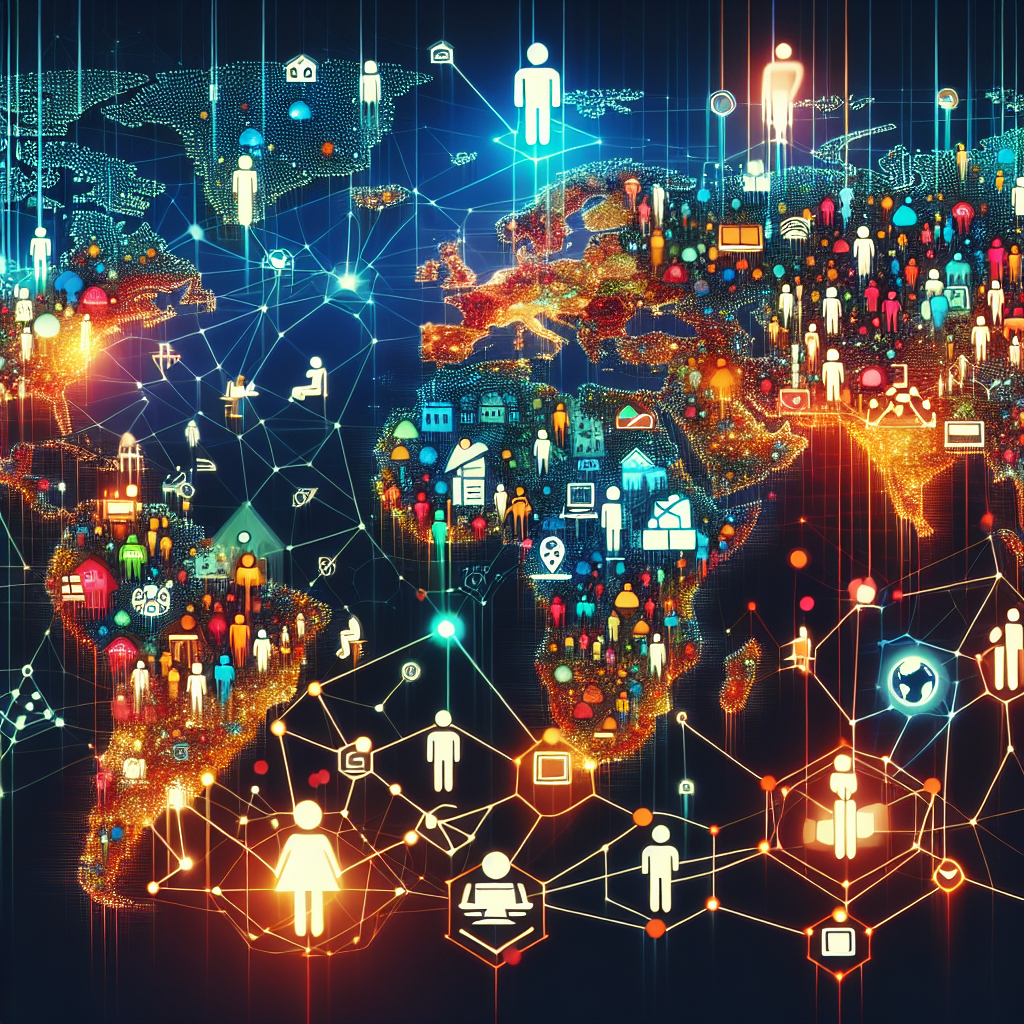The Democratization of AI: Enabling Innovation in Developing Countries
Artificial Intelligence (AI) is revolutionizing the way we live, work, and interact with technology. From personalized recommendations on streaming services to autonomous vehicles, AI is transforming industries and shaping the future of innovation. However, the benefits of AI have not been evenly distributed, with many developing countries struggling to keep pace with the rapid advancements in the field.
The democratization of AI is a movement that seeks to make AI more accessible and inclusive, especially in developing countries. By lowering the barriers to entry and providing resources and support, the democratization of AI can enable innovation and economic growth in these regions. In this article, we will explore the importance of democratizing AI and the ways in which it can empower individuals, businesses, and governments in developing countries.
Why is the democratization of AI important?
AI has the potential to transform industries, improve efficiency, and drive economic growth. However, the benefits of AI are currently concentrated in developed countries, where access to resources and expertise is more abundant. This creates a digital divide that hinders the ability of developing countries to fully leverage the power of AI.
By democratizing AI, we can level the playing field and empower individuals and organizations in developing countries to harness the potential of AI for their own benefit. This can lead to increased innovation, job creation, and economic development, helping to bridge the gap between developed and developing countries.
How can the democratization of AI enable innovation in developing countries?
1. Access to resources and expertise: One of the biggest barriers to AI adoption in developing countries is the lack of access to resources and expertise. By providing training programs, online courses, and tools, the democratization of AI can help individuals and organizations in developing countries build their AI skills and capabilities. This can lead to increased innovation and the development of AI-driven solutions that address local challenges and needs.
2. Cost-effective solutions: AI has traditionally been seen as an expensive technology that is out of reach for many organizations in developing countries. However, the democratization of AI is making AI more affordable and accessible through open-source software, cloud-based platforms, and low-cost hardware. This allows organizations in developing countries to implement AI solutions without breaking the bank, enabling them to innovate and compete on a global scale.
3. Local talent development: By democratizing AI, we can empower individuals in developing countries to become AI experts and entrepreneurs. This can lead to the creation of a skilled workforce that is capable of developing innovative AI solutions and driving economic growth. By investing in education and training programs, developing countries can nurture local talent and build a strong AI ecosystem that supports innovation and entrepreneurship.
4. Addressing local challenges: AI has the potential to address a wide range of social, economic, and environmental challenges in developing countries. By democratizing AI, we can empower individuals and organizations to develop AI-driven solutions that address local issues such as healthcare, agriculture, and infrastructure. This can lead to improved quality of life, increased productivity, and sustainable development in developing countries.
FAQs
Q: What are some examples of AI applications in developing countries?
A: AI has been used in developing countries to address a variety of challenges, including healthcare, agriculture, and education. For example, AI-powered diagnostic tools can help healthcare providers in remote areas diagnose diseases more accurately and quickly. In agriculture, AI can be used to optimize crop yields, predict weather patterns, and monitor soil health. In education, AI can personalize learning experiences for students and provide teachers with valuable insights to improve instruction.
Q: How can developing countries overcome the challenges of implementing AI?
A: Developing countries can overcome the challenges of implementing AI by investing in education and training programs, building partnerships with AI experts and organizations, and fostering a culture of innovation and collaboration. By creating a supportive ecosystem that encourages experimentation and learning, developing countries can unlock the full potential of AI and drive economic growth.
Q: What role can governments play in democratizing AI in developing countries?
A: Governments can play a crucial role in democratizing AI by investing in infrastructure, supporting research and development, and creating policies that promote AI adoption and innovation. By providing funding, incentives, and regulatory frameworks, governments can help to create a conducive environment for AI development in developing countries. Additionally, governments can partner with the private sector, academia, and civil society to build a strong AI ecosystem that benefits everyone.
In conclusion, the democratization of AI is essential for enabling innovation in developing countries. By making AI more accessible and inclusive, we can empower individuals, organizations, and governments to harness the power of AI for economic growth and social development. By investing in education, training, and infrastructure, developing countries can unlock the full potential of AI and create a more sustainable and prosperous future for all.

